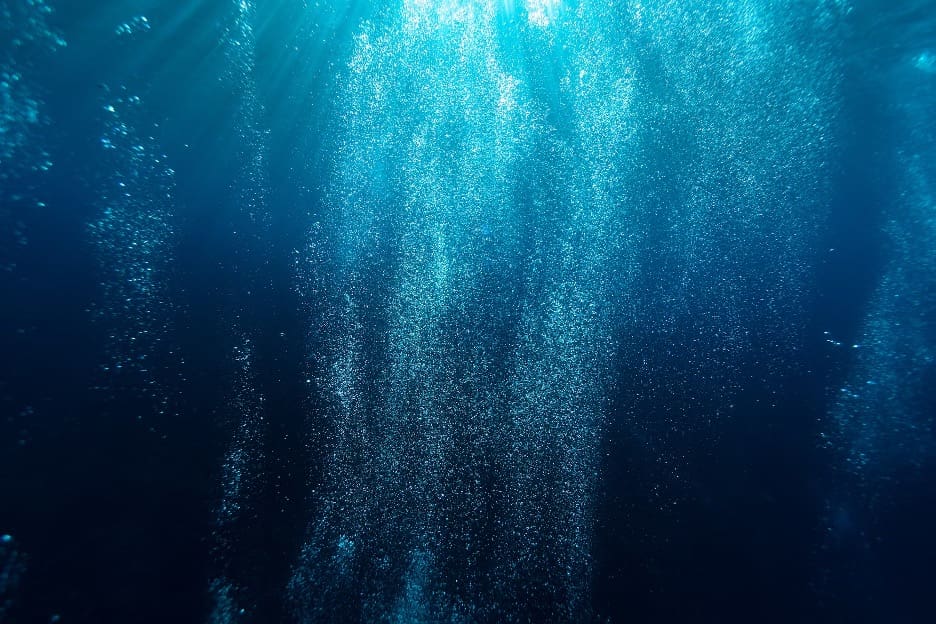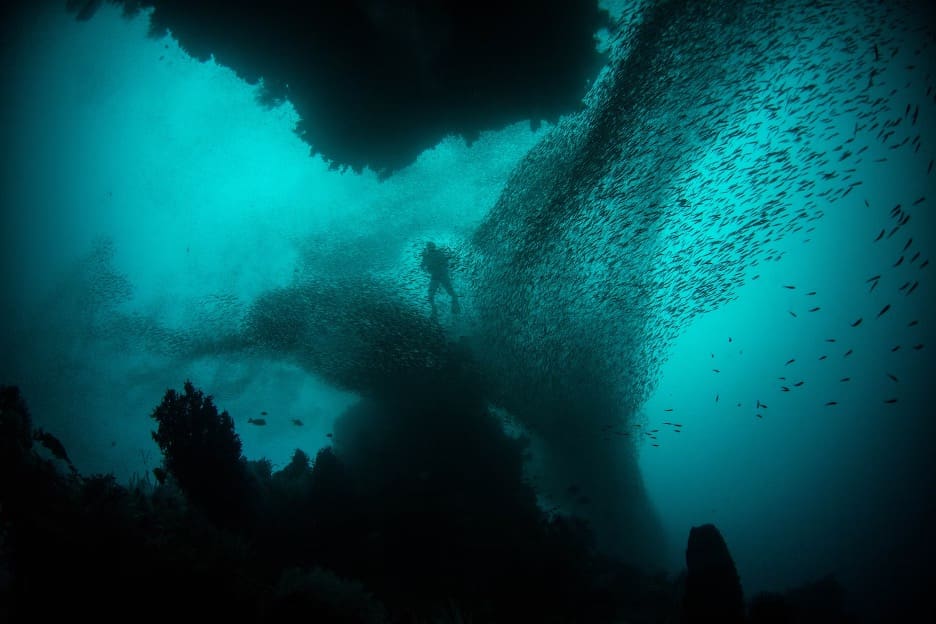We all think of the deep sea, its immense beauty, and mysterious creatures that are often undiscovered by modern science. But there’s so much more hidden beneath the surface in these murky depths than meets the eye.
From historic shipwrecks to narwhal migrations; from thermophilic bacteria colonies to unique geological formations, this blog post will explore some of the most fascinating facts about life in the depths of our planet’s oceans – starting us off on an incredible journey that is sure to amaze and inspire you!
Uncovering the mysteries of the deep sea
Exploring the vast and unfathomable depths of the ocean has always been a subject of fascination for humans. From the dark abysses of the Mariana Trench to the frozen wastes of the Arctic Ocean, the mysteries of the deep sea continue to intrigue mankind. You never know what kind of life forms you might encounter in the depths of the ocean.
In 2020, scientists discovered a new species of Comb Jelly that has two tentacles, unlike other jellyfish varieties. It is amazing how much lies undiscovered in the ocean, like the elusive giant squid that has fascinated scientists and fiction writers alike for centuries. Uncovering these mysteries of the deep sea is essential not only for our understanding of the world around us but also for the conservation of our precious marine resources.
Amazing depths
The ocean is one of the world’s final frontiers and remains one of the most unexplored areas on the planet. However, scientists have made great strides in understanding and discovering its greatest depths.
In fact, the deepest point of the ocean, known as the Mariana Trench, is located in the western Pacific Ocean and has a depth of about 36,070 feet. This discovery was made on January 23rd, 1960 when an American oceanographer named Don Walsh and Swiss engineer Jacques Piccard became the first humans to reach the trench’s bottom. Their journey was a historic achievement that opened the door to a new era of ocean exploration. Today, new technologies and advancements allow scientists to learn more about the deep depths of the ocean, creating opportunities for groundbreaking discoveries in the future.
Dangers below
The ocean is a mysterious and beautiful place, but it’s important to remember that it’s also home to some of the most dangerous creatures on the planet. From fierce sharks to venomous jellyfish, there are countless creatures lurking beneath the surface that can cause serious harm to humans.
The box jellyfish, for example, is one of the most toxic creatures in the world and can cause excruciating pain, paralysis, and even death with a single sting. Also, you can always click here to read more about fish species that you will want to avoid when venturing into the deep sea. While it’s important to respect these animals and their habitats, learning about them can help us better understand how they fit into the delicate ecosystem of our oceans.
The beauty of bioluminescence
From deep-sea creatures to fireflies in our own backyards, these fascinating organisms emit a stunning glow in the dark. Bioluminescence is a chemical reaction in which living organisms produce their own light, and it is a crucial aspect of their survival in many cases.
Not only is it visually stunning, but it also serves as a form of communication, attracting prey or mates, and even as a defense mechanism. Exploring the world of bioluminescence is like discovering a hidden treasure trove filled with captivating organisms that seem almost otherworldly in their beauty. It’s a reminder that there’s still so much to learn and appreciate about the wonders of the natural world.
Adaptations to living in extreme conditions
Deep beneath the ocean’s surface lie some of the most extreme and challenging environments for living creatures. It takes a certain kind of adaptation to survive in such harsh conditions, and some animals have developed remarkable skills to do just that.
From deep-sea gigantism to bioluminescence, these creatures have adapted in some truly unique ways. Take the anglerfish, for example, with its glowing lure that attracts unsuspecting prey, or the barrel-eye fish, which has evolved its eyes to rotate within its transparent head in order to spot predators lurking above. The world beneath the waves is full of surprises, and it’s fascinating to explore the amazing adaptations that allow life to thrive in such depths.


In the end, it is impossible to truly experience the wonders of deep sea exploration without experiencing them first-hand. The depth and beauty of these creatures and their environment highlight both the fragility and fortitude of life on Earth. From giant squid to newly discovered vampire squids, the challenges that deep ocean creatures face are remarkable.
At depths far beyond what we can imagine, bioluminescence brings light to the darkness and beauty to the crushing depths. Volcanic activity continues in this area of our planet, creating an ever-changing landscape below the surface. However, many organisms have adapted to survive in these hostile conditions, making them truly fascinating creatures. Whether you explore deep waters safely from a research submarine or join fearless researchers for some hands-on discovery missions, deep sea exploration can reward us all with a greater understanding of our living planet, and its connection with all life.








Leave a Reply
View Comments